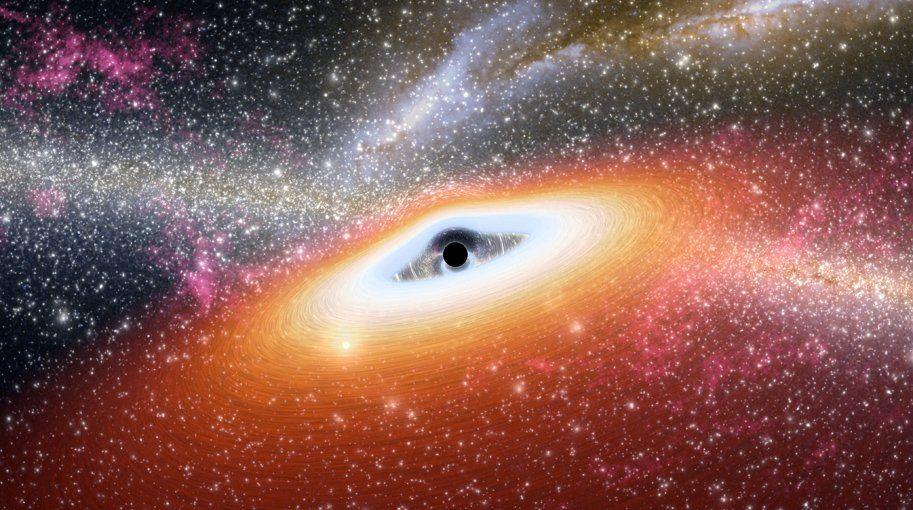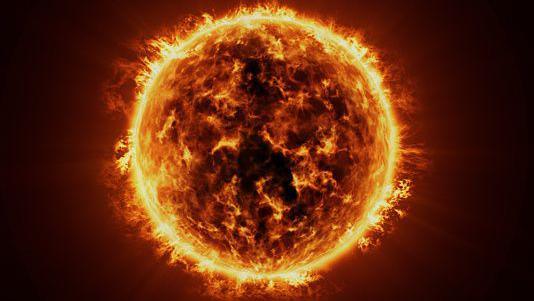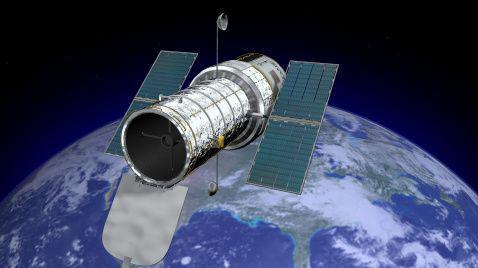Scientists see gigantic star explosions

An artist's concept of supermassive black hole discovered by NASA's Spitzer Space Telescope.
- Published
Astronomers have discovered some of the largest explosions ever recorded in the Universe.
Writing in the journal Science Advances, experts say the blasts give out ten times as much energy in one year that our Sun will put out during its entire lifetime.
Using very advanced telescopes, scientists were able to see this new rare cosmic explosions which they have called 'extreme nuclear transients'. (ENTs).
The explosions happen due to massive stars getting ripped apart by black holes.
Space explosion mystery finally solved
- Published25 February 2024
Proof found that supermassive black holes spin
- Published2 October 2023
How do these huge explosions happen and how big are they?

The amount of energy released is the same as 100 suns release in their entire lifetime
Extreme nuclear transients (ENTs) explosions occur when a supermassive black hole eats a huge star.
The massive star is torn to pieces as it goes too close to the black hole.
When this happens a huge amount of energy is released.
One of these ENTs, which astronomers have named Gaia18cdj, released over 25 times more energy than the most powerful supernova ever discovered.
The amount of energy it released is the same as 100 suns release in their entire lifetime!

It is hoped that new upcoming equipment will help more ENTs be discovered
The project to discover what these explosion actually are has been years in the making.
ENTs are rare and hard to find, but it is hoped that new upcoming equipment will help more of them be discovered.
These findings not only set a new record for cosmic explosions, but also open up exciting possibilities for future discoveries in the vast universe.
